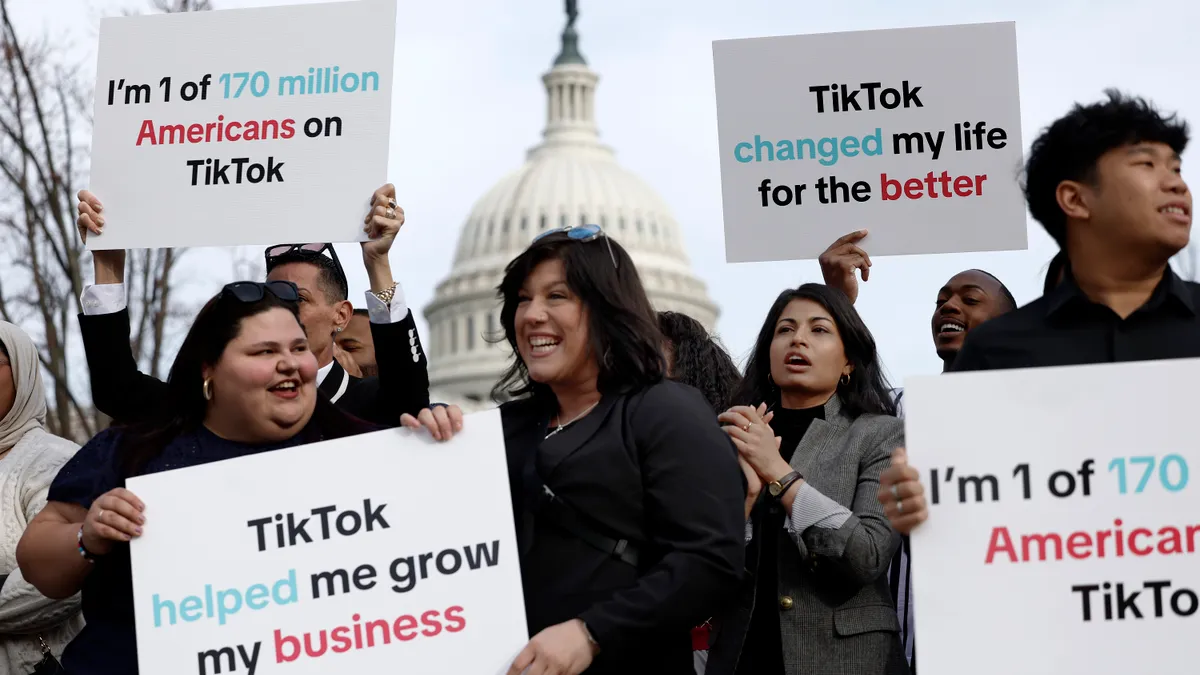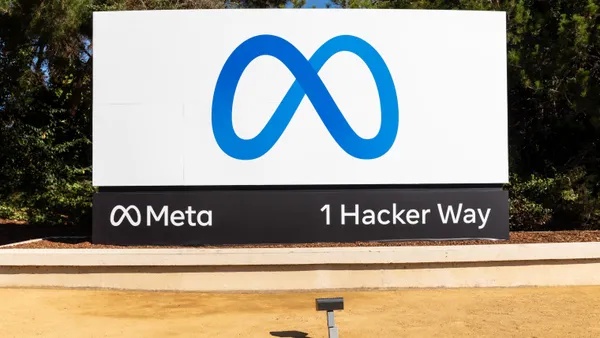Dive Brief:
- Vertical video is no longer just an online punchline with platforms such as Snapchat, Periscope, Meerkat and YouTube embracing the once derided format.
- Because vertical video is becoming widely accepted, designers and marketers are going to have to adapt and create vertical format ads and content.
- To avoid having to shoot video twice, designers need to take full-screen into account at the concept stage of framing the video.
Dive Insight:
Long a source of online derision, vertically shot video is coming into wider acceptance with the cream of the social media crop making it available. Of course, this means marketers and designers now have another element to consider when creating video content, and to avoid having to shoot video two times vertical full-screen format needs to be taken into account when planning the framing of video at the concept level.
"This is the first time in my advertising career that there's been a big, major story on aspect ratio, which is pretty interesting," Gerry Graf, founder/chief creative officer at Barton F. Graf 9000, told Adweek. "If you have a real idea, you can format it any way you want, depending on where you're playing."
As marketers adapt to the vertical video environment, other players are plotting their entry into the new medium -- Facebook is reportedly creating full screen video ads for brands as well.












